Decade in review: Google Cardboard ushered in a new era for VR
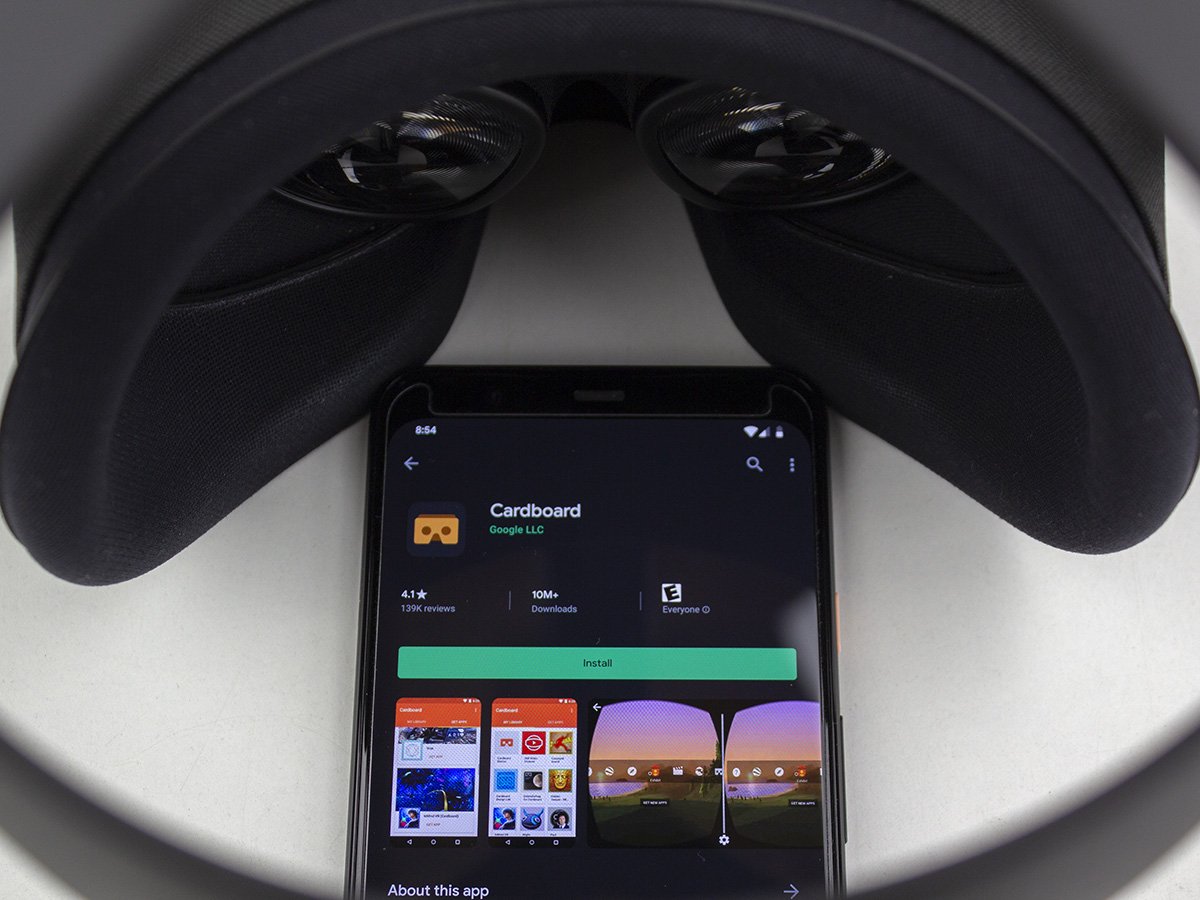
The evolution of virtual reality has been an absurdly slow one. The concept of virtual reality has been around for as long as science fiction has been a thing, but it's been held back for years by technology that simply couldn't deliver the experience many of us would expect. Like a number of fledgling concepts in the world of technology, VR needed a hero product that would skyrocket its name unto the masses. A product that people could afford and, yet, would also make them say "wow."
What was that product? Google Cardboard.
The name, in and of itself, is pretty bizarre. Is it a box that Google made? Is it a box that a Google product comes in? If you've used a Cardboard device you'll know that it is neither. This portable, cheap VR headset was, indeed, made of cardboard and ushered in the era of mobile VR that many now know and love. The journey, like many Google products, seems to have been almost accidental, yet its impact was meaningful enough to still be mentioned in conversations to this day.
What's in a box?
Why you can trust Android Central
We're all familiar with cardboard. It's that rigid brown material that your next Amazon shipment arrives in. It's also the same material that Google used to deliver VR to millions of phones over a period of two short years, and it did it in a way that cost little to nothing. It proved that price was a huge barrier for VR (and still is), which was one of the key factors in its success.
Its journey to popularity was as unglorified as the material it's constructed of. Like many Google products, Cardboard felt like an afterthought. It was as though someone sat in a room full of cardboard and tried to fashion useful things out of the leftover boxes piled around them. You could even build one yourself using one of Google's simple blueprints. The only real expense was buying the lenses that make the experience possible, but this simplicity and low cost was truly the beauty of the platform. All you needed were two things you already had: a smartphone, and a box.
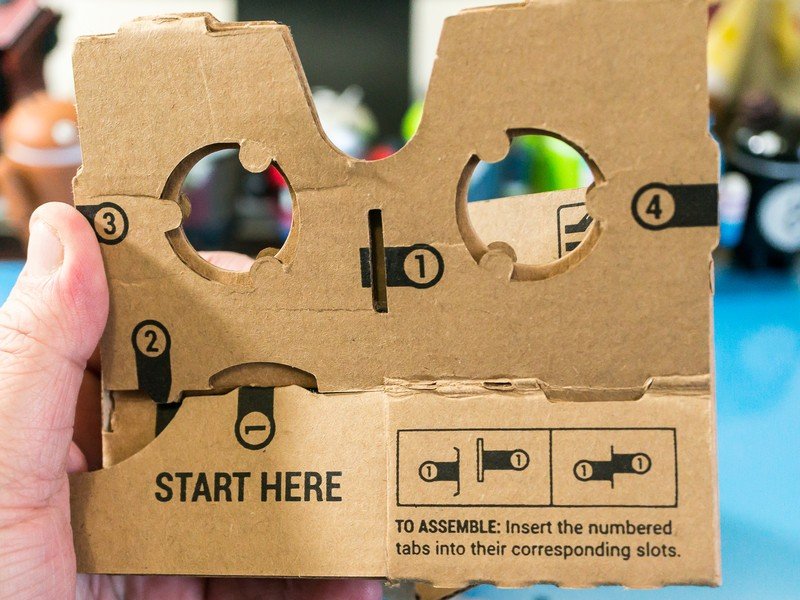
Once your Cardboard headset was assembled, you'd boot up a compatible Google Cardboard app or game and slide your phone inside. Google Cardboard experiences were mostly relegated to watching videos or riding virtual rollercoasters, with the odd on-rails shooter or historical experience thrown in for good measure. There were a few other types of games, but the experiences found here were as basic as the vehicle used to deliver them.
Cardboard's biggest problems boiled down to the fact that there were no standards at all for development. Unlike modern VR, there were no constraints for framerate, no resolution needs, no way to adjust IPD (the distance between pupils), and no way to prevent yourself from getting a splitting headache after just a few minutes of use.
However, the experience was so brilliant, and so uniquely fascinating and immersive that people kept coming back. They kept buying Cardboard units and lenses. They kept downloading games and apps and, all of a sudden, Cardboard was everywhere, and so were plenty of cheap VR headsets that worked with the new "standard".
A history without a vision
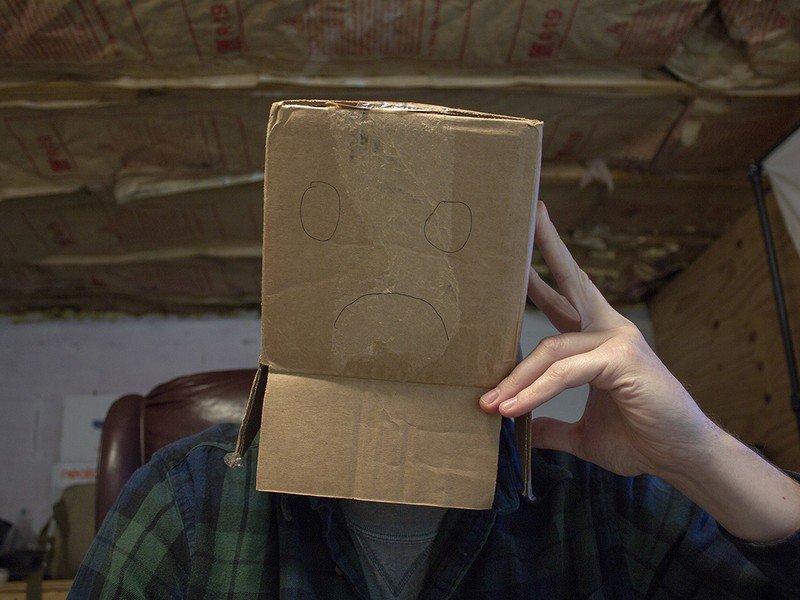
It all began with the soft "product" launch in May 2014 at Google's annual development conference, Google I/O. Every attendee at the show was given a free Google Cardboard unit, and it's here that mobile VR was born. While Facebook was busy buying Oculus, French Google engineers David Coz and Damien Henry invented Cardboard in their time off.
While it's not fair to call their brilliant invention an afterthought, the fact that it was invented in their time off speaks volumes and helps explain why the whole thing felt like an experiment. Cardboard was likely never meant to go anywhere. It was a simple experiment to see if a mobile phone would even be capable of running something as immersive as virtual reality, and it succeeded wildly.
What came to be was an amalgam of apps and games with no real rhyme or reason. Cardboard worked with practically any phone, Android or iOS, and it had no real hardware limitations. That last part is what made it so dangerous. Not in a "you're going to die" sort of way, but rather it made many people sick and made VR feel cheap and gimmicky.
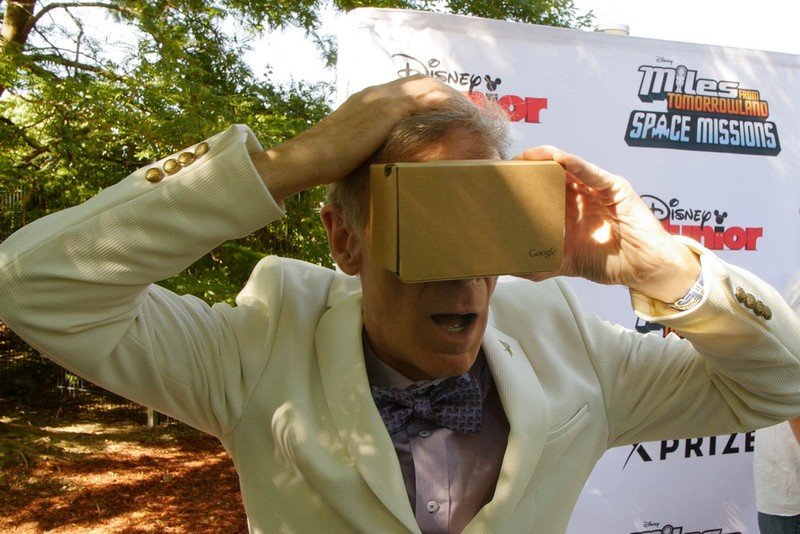
However, we needed these shortcomings to guide the industry to what happened next. Without chaos, there can be no order, after all. Even the mighty Oculus Rift DK1 and DK2 development units didn't have rigid standards in place as they do today, and the development of many of these standards can be attributed, even in a small way, to the experience that many people had with Google Cardboard.
Cardboard's success was fairly shortlived, as its successor came out a scant two years later. Cardboard ended up selling somewhere in the ballpark of 15 million units, with knock-offs and unofficial headsets likely bolstering that number significantly. Even OnePlus tried its hand at such a unit but ultimately failed to understand what was needed for a truly good experience.
Daydream, the name of the follow-up tech from Google, had actual standards to work by (unlike Cardboard). It only worked for phones that had specific chipsets, specific screen types (low persistence OLEDs at the time), and a specific performance benchmark standard to ensure what you were playing moved smoothly and wouldn't make you sick. It also featured a standard viewer and a motion controller that let you interact with the virtual world in a useful, meaningful way.
Nightmare or Daydream?
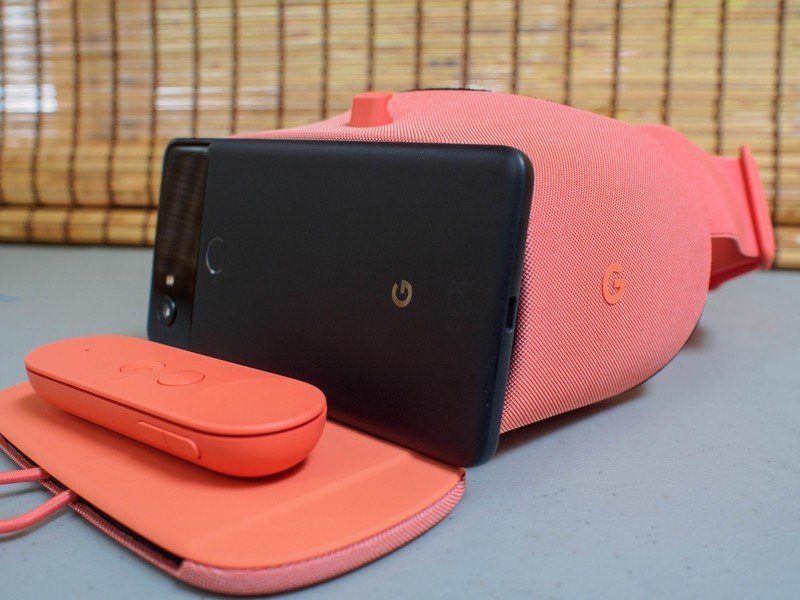
Daydream might have been the direct follow-up from Google but it, too, didn't last very long. Met with mild commercial and critical success, Daydream View had a tweaked sequel a year later in 2017, and in 2018 Lenovo launched the first standalone Daydream OS-powered headset. However, none of these were a commercial success the way Samsung's GearVR was.
GearVR was the real evolution of Cardboard, and ultimately introduced millions of people to the Oculus ecosystem. Formed, once again, via freebie giveaways and pre-order bonuses for the latest Samsung Galaxy line of phones, GearVR stepped up in a way that would take other headsets years to catch up to. GearVR launched at the tail-end of 2015 and lasted a full four years before finally being canceled only recently.
It launched only about a year or so after the original release of Cardboard, and the difference couldn't have been starker. Real standards for framerate, motion smoothness, and general comfort made it feel like a viable product rather than a gimmick. Beyond that, we saw the Oculus Go launch last year, a cheap standalone headset that's nothing more than a standalone GearVR and didn't do much of anything to advance the tech.
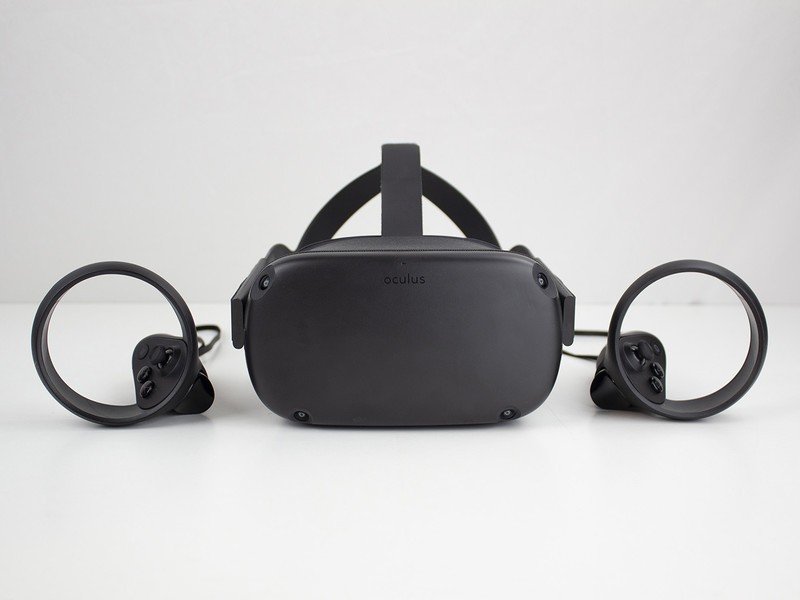
This year's Oculus Quest is the culmination of everything that Google Cardboard started five years ago. It represents everything many of us wanted mobile VR to be way back when, but in a way that only today's technology can deliver. It's clear to see how Google Cardboard impacted an industry that was nonexistent only a few years ago and helped it unite around the creation of comfort standards that were important for growth and mainstream adoption.
Between 2014 and 2015, I introduced several dozen people to the concept of VR by carefully selecting specific Cardboard applications that ran well and were intuitive enough to get the point across. Cardboard has since developed a bit of a stigma in people's minds as the worst way to experience VR, and while they're certainly right in many ways, it was an important way to show people that VR can be magical once a few important elements were refined.
Heck, maybe the recent move to open source will turn Cardboard into something grander than ever thought. Quality VR for all, no matter how little money you have, has always been the goal, after all.
Be an expert in 5 minutes
Get the latest news from Android Central, your trusted companion in the world of Android
